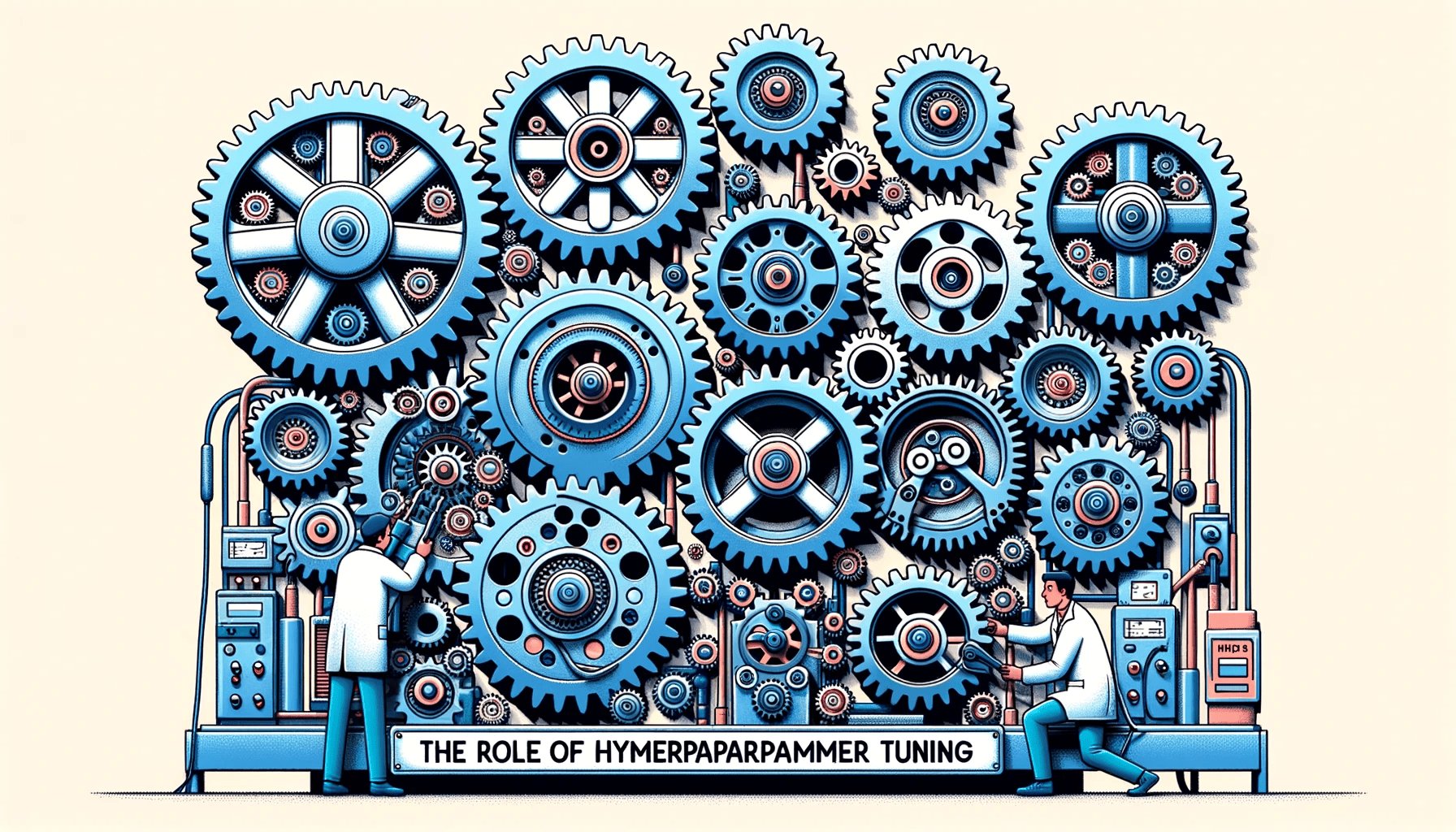Hyperparameters are crucial settings that need to be specified prior to training machine learning models. Unlike model parameters, which are learned during training, hyperparameters are not learned from the data but are essential to manage how the model learns from the data. This article explores the role of hyperparameter tuning in machine learning, its techniques, and its impact on model performance.
1. What is Hyperparameter Tuning?
Hyperparameter tuning is the process of finding the optimal set of hyperparameters for a machine learning model to perform the best on a particular dataset. It’s a crucial step to ensure that the model generalizes well to new, unseen data.
2. Types of Hyperparameters
There are various types of hyperparameters across different machine learning models, including learning rate, number of trees in a forest, number of clusters, regularization parameters, and many others.
3. Techniques for Hyperparameter Tuning
Grid Search:
Grid Search performs an exhaustive search over a specified hyperparameter grid, evaluating all the possible combinations to find the best set.
Random Search:
Unlike Grid Search, Random Search randomly selects hyperparameters from a distribution over a fixed number of iterations.
Bayesian Optimization:
Bayesian Optimization uses a probabilistic model to predict the performance of different hyperparameter combinations, selecting the most promising ones.
4. Importance of Hyperparameter Tuning
- Improved Performance: Proper hyperparameter tuning can significantly improve the performance of the model.
- Better Generalization: It helps in avoiding overfitting, ensuring the model generalizes well to new data.
- Efficient Training: It can also lead to faster training times by selecting appropriate hyperparameters.
5. Challenges in Hyperparameter Tuning
- Computational Expense: It can be computationally expensive, especially with a large number of hyperparameters and large datasets.
- Complexity: The process can be complex and time-consuming, requiring a deep understanding of the model and the problem at hand.
6. Automated Hyperparameter Tuning
With advancements in machine learning, automated hyperparameter tuning frameworks like HyperOpt and AutoML have emerged, simplifying the tuning process.
7. Real-World Applications
Hyperparameter tuning is widely applied across various domains to optimize model performance, such as in financial modeling, healthcare analytics, and autonomous systems.
8. Conclusion
Hyperparameter tuning is an indispensable step in building robust and efficient machine learning models. By investing time in tuning hyperparameters, practitioners can significantly enhance the performance and reliability of their models, leading to more successful machine learning projects.
